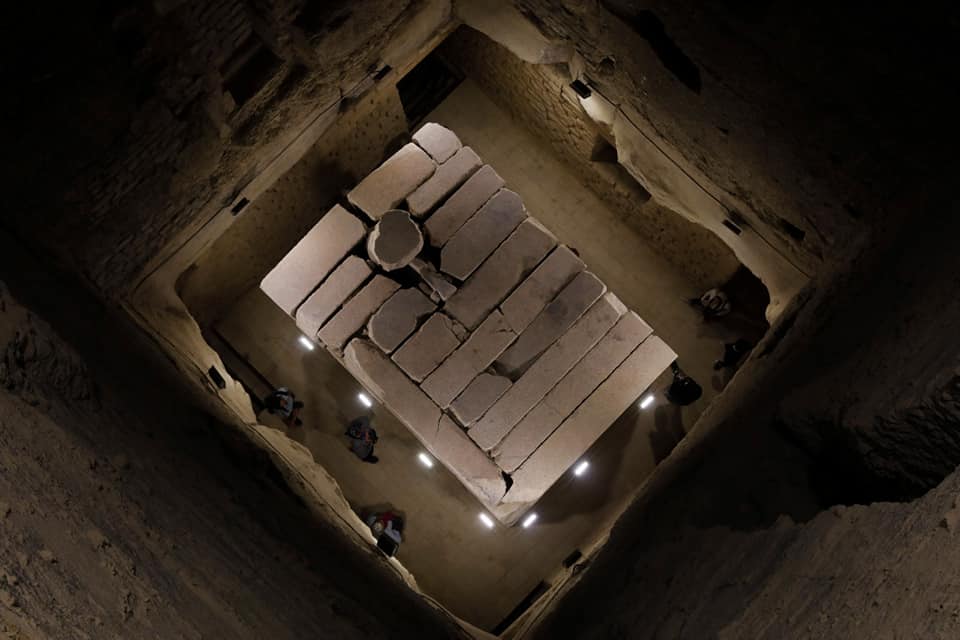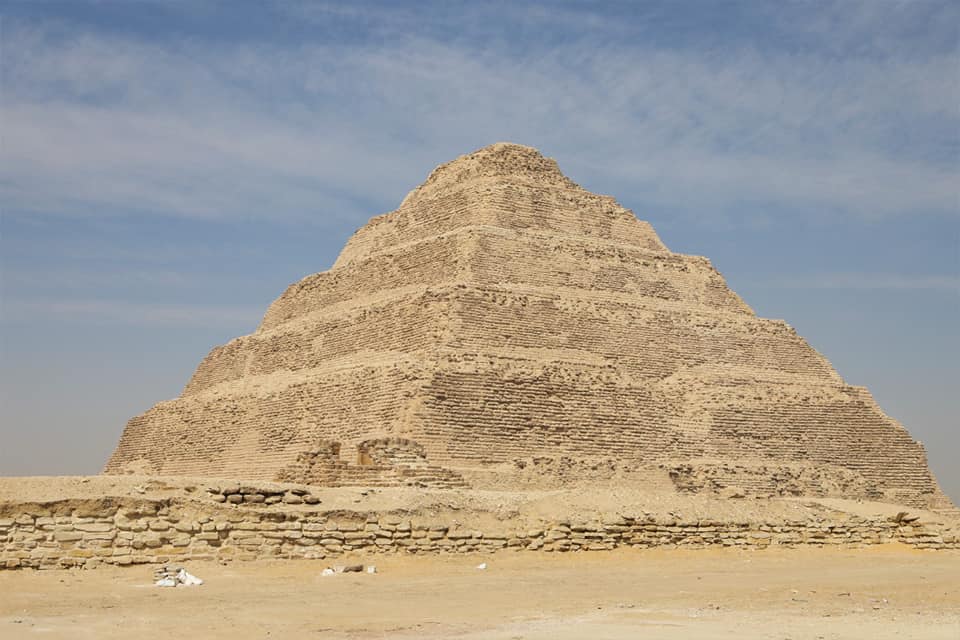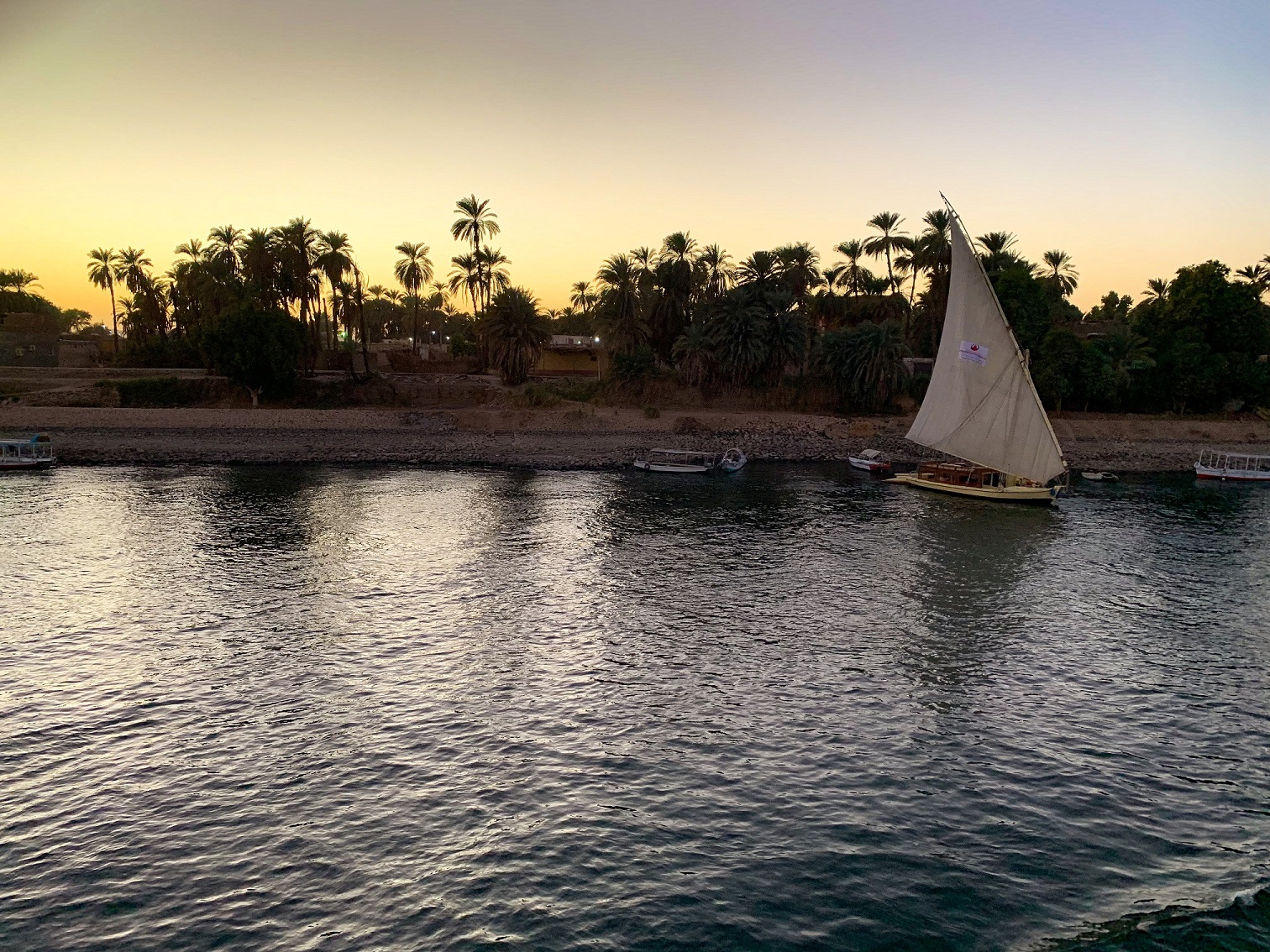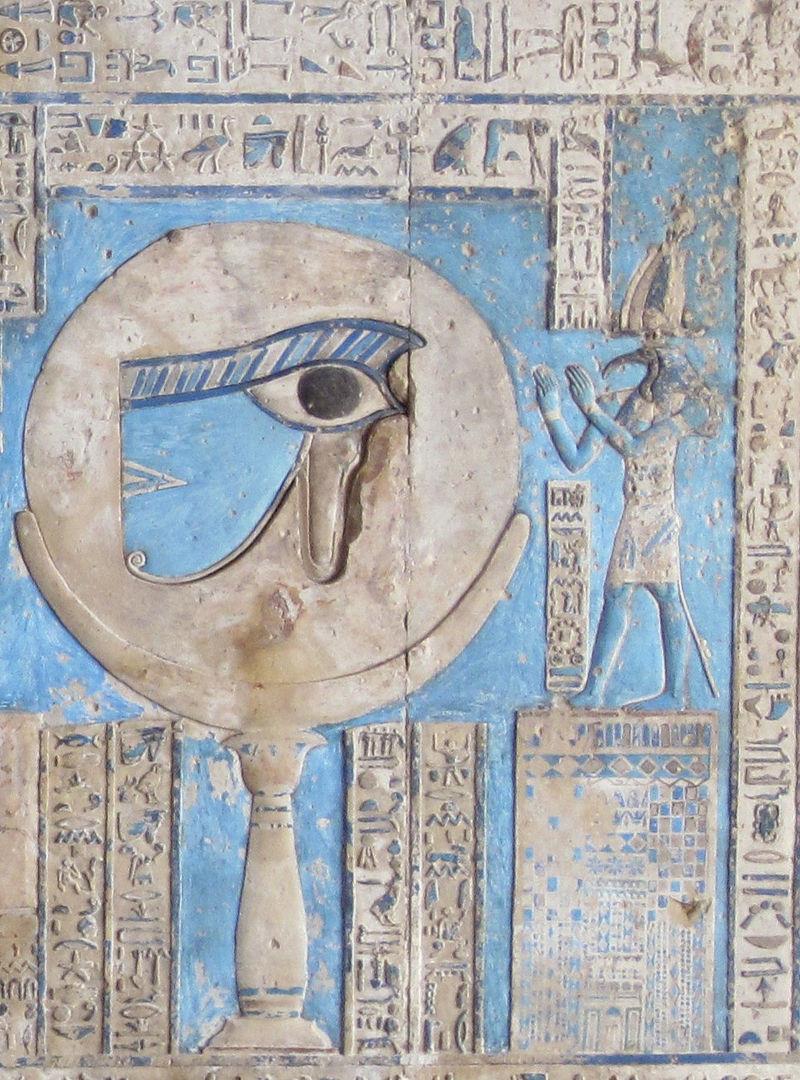Djoser Pyramid Re-Opens to Public After 14 Years of Renovation Work.
According to the Ministry of Tourism and Antiquities, Egypt’s first pyramid and the first stone pyramid in the world – belonging to the dynasty 3 king Djoser – has reopened to the public following 14 years of renovation work.
The opening of the pyramid, a beloved and popular tourist site around 35 km from Cairo, was attended by Prime Minister Mostafa Madbouly and Khaled El Enany, Minister of Tourism and Antiquities.
Djoser pyramid’s renovation work cost around US$ 6.6 million (almost 103 million EGP) but many experts and Egyptologists agree that it was much needed as the structure had been deteriorating over the years, namely its facades, due to the harsh climate.
However, it was the pyramid’s interior which was considered in the worst state, having born the brunt of the destructive 1992 earthquake in Egypt.
Accordingly, the restoration work oversaw internal and external restoration, with special focus given to clearing the pathway inside the 4,600-year-old pyramid as well as restoring the stone sarcophagus in which the ancient ruler would have been buried in.
Prior to the pyramid of Djoser, Egyptian rulers were interred in above ground funerary structures which were usually rectangular; they were called ‘mastabas’ and they were located above the burial pit. Thus, this structure, often likened to a ‘stairway of to heaven’, is considered an architectural innovation and stepping stone which eventually lead to the creation of the ‘true’ triangular pyramids which can be witnessed in Saqqara and at the Giza plateau.
Currently, the pyramid can be visited with prices set at 100 EGP (US$ 6.39) for foreigners and 50 (US$ 3.20) for foreign students. For Egyptians and Arab tourists, the tickets are 40 EGP (US$ 2.56) and 20 (US$ 1.28) for students.
The monument, which was designed by famed and deified architect Imhotep in ancient Egypt, is registered in the UNESCO World Heritage list since 1979.
































































































































